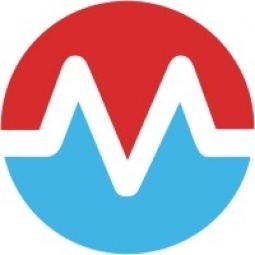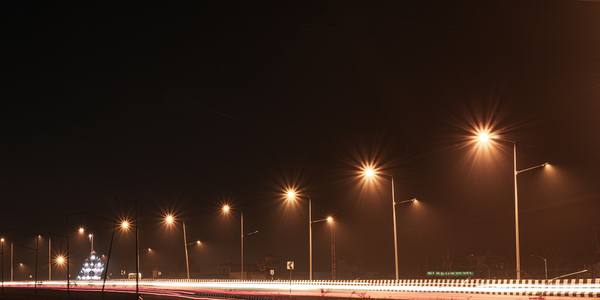公司规模
Large Corporate
地区
- Europe
国家
- Germany
产品
- Morpheus multi-cloud management platform
- EMC ECS
- EMC Isilon
- VMware NSX
- OpenStack Neutron
技术栈
- OpenStack
- VMware
- T-Systems OTC
实施规模
- Enterprise-wide Deployment
影响指标
- Productivity Improvements
- Digital Expertise
技术
- 平台即服务 (PaaS) - 连接平台
适用行业
- 航天
- 城市与自治市
适用功能
- 物流运输
- 质量保证
用例
- 实时定位系统 (RTLS)
- 预测性维护
服务
- 云规划/设计/实施服务
- 系统集成
关于客户
EUMETSAT 是一个成立于 1986 年的政府间组织。该组织运营着一个广泛的气象卫星系统,用于观测全球的大气、海洋和陆地表面。EUMETSAT 的使命是向其欧洲成员国和合作国的国家气象局以及世界各地的其他用户提供全天候、全年无休的天气和气候相关卫星数据、图像和产品。这些服务有助于改善和保障欧洲公民的日常生活。它们帮助气象学家识别和监测潜在的危险天气情况,并及时向应急服务和地方当局发布预报和警告,帮助减轻恶劣天气的影响并保护人类生命和财产。这些信息对于航空旅行、航运和道路交通的安全以及农业、建筑和许多其他行业的日常业务也至关重要。
挑战
EUMETSAT 是一个政府间组织,负责运营一个广泛的气象卫星系统,它认识到用户在使用其数据方面的期望、需求和行为发生了变化。越来越多的用户希望从自助服务配置和托管在公共数据湖上的服务中获益,最好是与他们自己的本地 IT 环境相结合。这些新需求与 EUMETSAT 的内部 IT 需求相结合,导致了两个基本领域的定义:任务关键型和通用型。这两者都需要外部弹性以及允许无缝用户体验和访问托管软件和数据服务的架构。为了实现这一点,EUMETSAT 需要灵活性来连接各种云、工具、供应商和平台。
解决方案
EUMETSAT 启动了一个多阶段计划,旨在确定任务关键型和科学导向用例的需求,评估服务和技术要求,并制定服务交付的运营路线图。这项工作启动了对多云管理和编排平台的搜索,该平台可以统一广泛的技术,并作为用户一直渴望的自主和弹性自助服务环境的低门槛切入点。EUMETSAT 评估了众多供应商,并选择了 Morpheus Data,因为他们将成熟的企业级功能与 DevOps 初创公司的敏捷响应相结合,确保了他们获得最高成功的可能性。EUMETSAT 的多云管理解决方案包括 Morpheus 多云管理平台和来自 T-Systems、Dell EMC 和 VMware 等合作伙伴的补充技术。
运营影响

Case Study missing?
Start adding your own!
Register with your work email and create a new case study profile for your business.
相关案例.

Case Study
Turning A Stadium Into A Smart Building
Honeywell created what it called the “intelligent system” for the National Stadium in Beijing, China, turning the venue for the opening and closing events at the 2008 Summer Olympics into a “smart building.” Designed by highly controversial artist Ai Weiwei, the “Bird’s Nest” remains one of the most impressive feats of stadium architecture in the world. The 250,000 square meter structure housed more than 100,000 athletes and spectators at a time. To accommodate such capacity, China turned to Honeywell’s EBI Integrated Building Management System to create an integrated “intelligent system” for improved building security, safety and energy efficiency.
.png)
Case Study
Smart Street Light Network (Copenhagen)
Key stakeholders are taking a comprehensive approach to rethinking smart city innovation. City leaders have collaborated through partnerships involving government, research institutions and solution providers. The Copenhagen Solutions Lab is one of the leading organizations at the forefront of this movement. By bringing together manufacturers with municipal buyers, the Copenhagen Solutions Lab has catalyzed the development and deployment of next-generation smart city innovations. Copenhagen is leveraging this unique approach to accelerate the implementation of smart city solutions. One of the primary focus areas is LED street lighting.
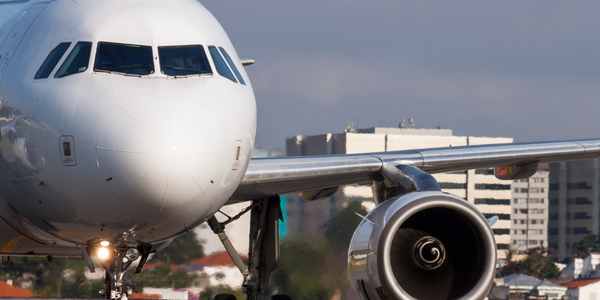
Case Study
Airbus Soars with Wearable Technology
Building an Airbus aircraft involves complex manufacturing processes consisting of thousands of moving parts. Speed and accuracy are critical to business and competitive advantage. Improvements in both would have high impact on Airbus’ bottom line. Airbus wanted to help operators reduce the complexity of assembling cabin seats and decrease the time required to complete this task.
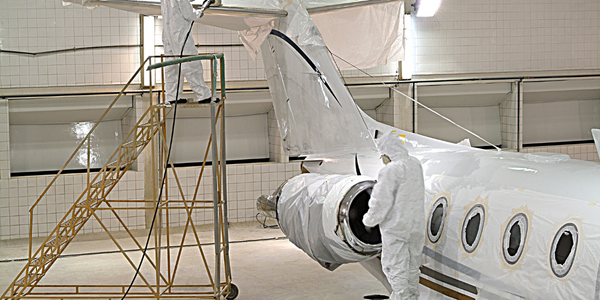
Case Study
Aircraft Predictive Maintenance and Workflow Optimization
First, aircraft manufacturer have trouble monitoring the health of aircraft systems with health prognostics and deliver predictive maintenance insights. Second, aircraft manufacturer wants a solution that can provide an in-context advisory and align job assignments to match technician experience and expertise.
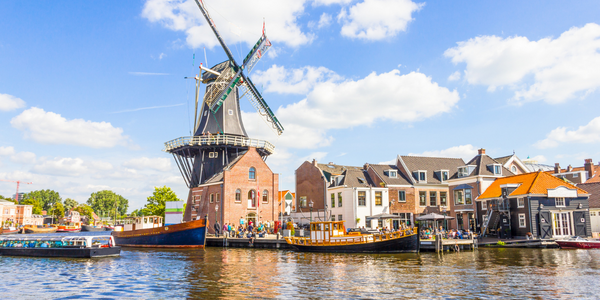
Case Study
Buoy Status Monitoring with LoRa
The Netherlands are well-known for their inland waterways, canals, sluices and of course port activities. The Dutch Ministry of Infrastructure indicates that there are thousands of buoys and fixed items in and near water environments that would profit from IoT monitoring. One of the problems with buoys for example, is that they get hit by ships and the anchor cable breaks. Without connectivity, it takes quite some time to find out that something has happened with that buoy. Not to mention the costs of renting a boat to go to the buoy to fix it. Another important issue, is that there is no real-time monitoring of the buoys at this moment. Only by physically visiting the object on the water, one gains insight in its status.




